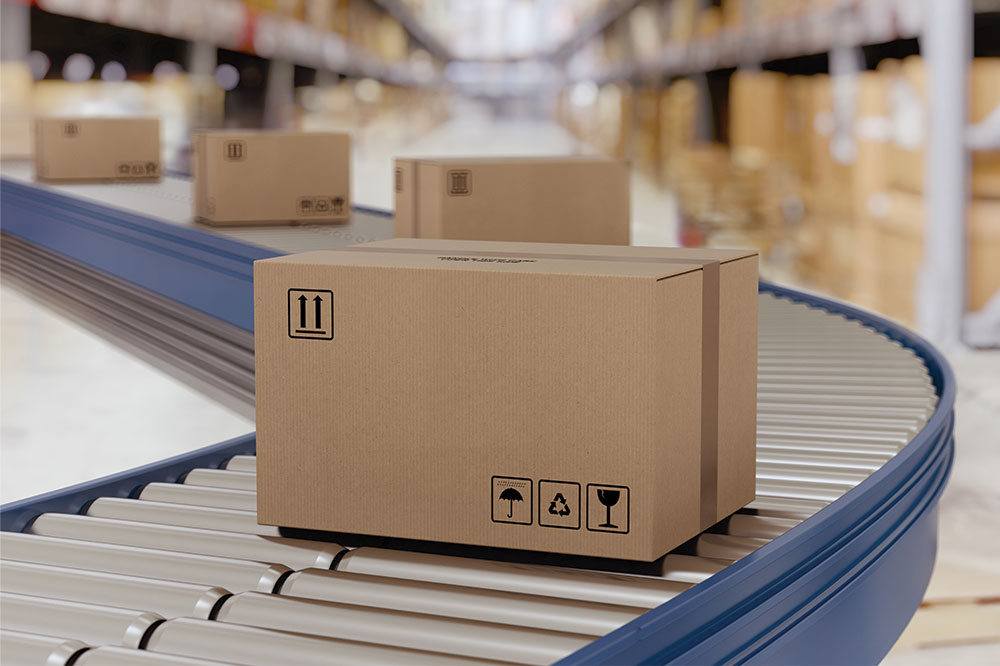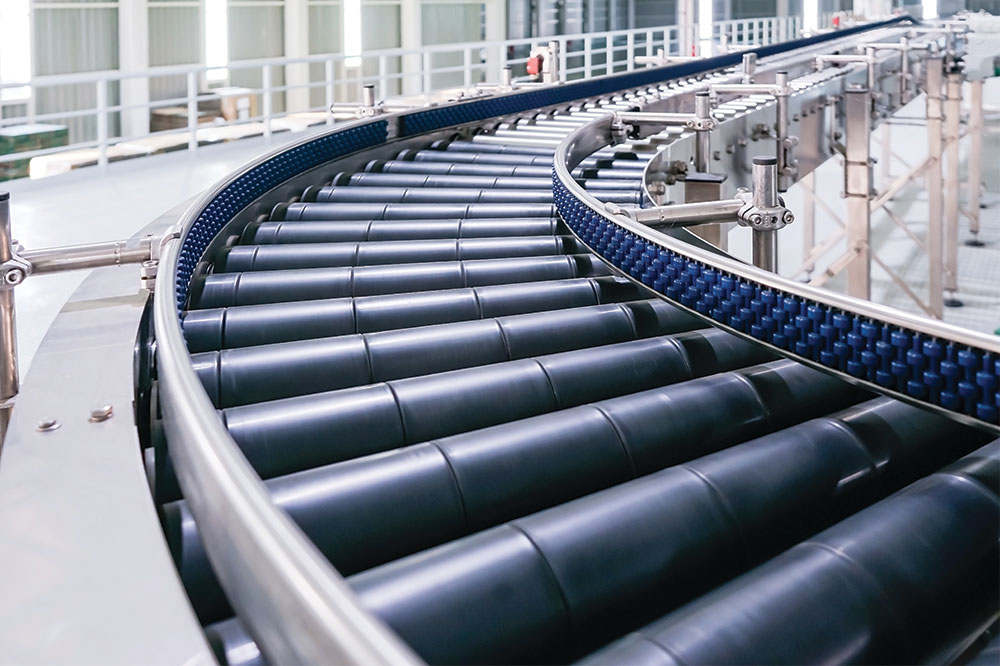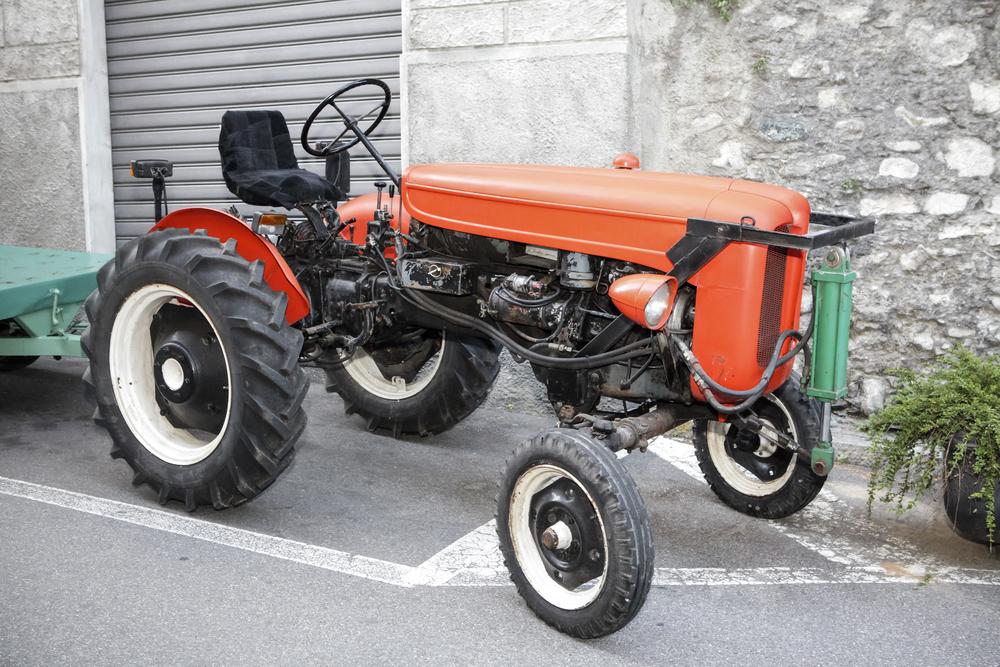Varieties of Material Handling Conveyor Belts
Explore the different types of material handling conveyor belts, including roller bed, hinged metal, woven metal, and flat-bed belts. Learn about their specific uses in industries like recycling, food processing, and internal logistics. This guide helps optimize industrial workflow with the right conveyor solutions for various applications, emphasizing durability, efficiency, and safety.

Material handling conveyor belts are essential components in various industrial operations, serving as a reliable means to transport goods efficiently. These belts, often called conveyor belts, utilize multiple pulleys in an endless loop to move materials across different distances and speeds. Selecting the right type depends on factors like load weight and processing speed. Popular variants include roller bed belts, hinged metal belts, woven metal belts, and flat-bed belts, each designed for specific applications such as packaging, recycling, food processing, or internal logistics. Understanding these options helps optimize productivity and safety in industrial settings.
Roller Bed Conveyor Belts
The surface of these belts features rollers supporting movement, suitable for various weights and speeds. For shorter distances, minimal rollers suffice, while longer paths require more rollers for stability. These belts are ideal for packaging, sorting, assembly, and inspection tasks.
Hinged Metal Belts
Constructed from durable metal with interlocking hinges, hinged belts are mainly used in scrap handling and recycling industries. They feature a tough surface and a pulley-driven rotating mechanism, suitable for rough operations.
Woven Metal Belts
Widely used in industries requiring air flow during processing, such as food manufacturing, glass, and electronics. These belts incorporate woven chains or wires that allow air circulation for cooling, heating, or drying processes.
Flat-Bed Conveyor Belts
This common belt type is utilized for internal transportation within facilities. Made from synthetic fibers like nylon or polyester, the belts are powered by pulleys, enabling smooth and automatic item transfer without damaging the products.
Note: Our blog covers diverse topics to provide valuable insights. While the information is based on thorough research, please consider it as a general guide. We do not assume responsibility for any inaccuracies or data discrepancies. Additionally, some schemes or offers not featured here may be more advantageous for readers.








